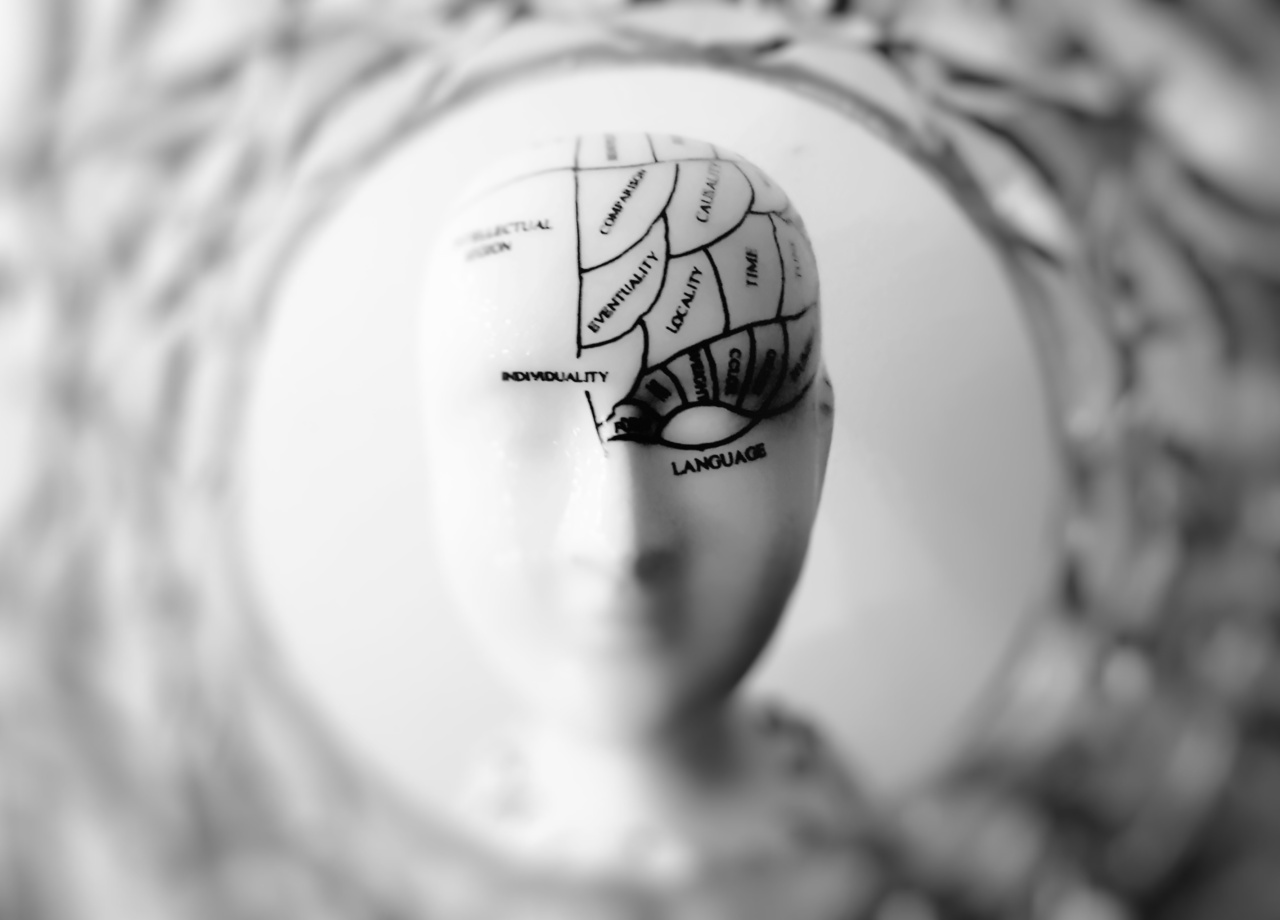Rare brain and nerve disorders are often challenging to diagnose and treat due to their complexity and limited understanding.
However, advancements in medical research and technology have paved the way for breakthrough therapies that offer hope to those affected by these conditions. This article will delve into some of the recent discoveries in the field of neurology and highlight the potential they hold in revolutionizing the treatment of rare brain and nerve disorders.
1. Gene Therapy: A Promising Approach
Gene therapy is an emerging field that holds immense potential for the treatment of rare brain and nerve disorders.
By targeting specific genes that are responsible for these conditions, researchers can modify or replace faulty genes to correct the underlying genetic defects. One notable success story in this realm is the treatment of spinal muscular atrophy (SMA) using gene therapy, which has shown remarkable improvements in patients’ quality of life and motor function.
2. Stem Cell Therapy: Restoring Hope
Stem cell therapy is another groundbreaking approach being explored for the treatment of rare brain and nerve disorders.
By harnessing the regenerative potential of stem cells, researchers aim to replace damaged or dysfunctional cells in the nervous system. This therapy shows great promise for conditions such as Parkinson’s disease, Huntington’s disease, and amyotrophic lateral sclerosis (ALS), where the degeneration of specific nerve cells is the primary cause of symptoms.
3. Deep Brain Stimulation: A Surging Field
Deep brain stimulation (DBS) is a neurosurgical procedure that involves implanting electrodes in specific regions of the brain to modulate abnormal electrical activity.
This technique has shown significant efficacy in treating movement disorders like Parkinson’s disease and essential tremors. Researchers are now exploring the potential of DBS in rare brain and nerve disorders such as Tourette syndrome and dystonia, with promising preliminary results.
4. Immunotherapy: Unlocking the Immune System
Immunotherapy, which harnesses the power of the immune system to target and eliminate abnormal cells, has shown tremendous potential in various cancer treatments.
Researchers are now studying its applicability in rare brain and nerve disorders, including autoimmune encephalitis and multiple sclerosis. By modulating the immune response, it is hoped that immunotherapy can effectively manage these conditions and provide long-term relief.
5. Neurostimulation Techniques: Breaking New Ground
Neurostimulation techniques involve applying electrical or magnetic impulses to specific areas of the nervous system to modulate neuronal activity.
Transcranial magnetic stimulation (TMS) and transcranial direct current stimulation (tDCS) are some of the emerging techniques being explored for a range of brain and nerve disorders, including epilepsy and depression. These non-invasive approaches offer new possibilities for treatment and have shown promising results in clinical trials.
6. RNA-Based Therapies: Precision Medicine
RNA-based therapies represent a new frontier in the treatment of rare brain and nerve disorders.
By targeting specific RNA molecules responsible for disease progression, researchers aim to develop highly precise therapies that can correct or modify genetic abnormalities. This approach holds promise for conditions like Huntington’s disease and ALS, where the malfunctioning of specific RNA molecules plays a critical role in neurodegeneration.
7. Pharmacogenetics: Tailoring Treatment
Pharmacogenetics focuses on studying how an individual’s genetic makeup influences their response to medications.
By identifying genetic variations that affect drug metabolism and efficacy, researchers can tailor treatment plans to maximize therapeutic benefits and minimize adverse effects. This personalized approach has the potential to revolutionize the management of rare brain and nerve disorders, enhancing treatment outcomes and improving patient well-being.
8. Targeted Drug Delivery: Precision and Efficiency
Targeted drug delivery systems aim to deliver medications directly to the affected areas in the brain or nervous system, minimizing systemic side effects and optimizing therapeutic efficacy.
Nanoparticles, liposomes, and implantable devices are utilized to reach specific targets with precision. This approach shows promise in conditions such as brain tumors, neurodegenerative disorders, and epilepsy, where precise drug delivery plays a crucial role in achieving desired outcomes.
9. Virtual Reality Therapy: Changing Perspectives
Virtual reality therapy is gaining recognition as a potential treatment option for various brain and nerve disorders. By immersing patients in computer-generated environments, this therapy aims to rehabilitate sensory, cognitive, and motor functions.
It has shown promising results in conditions like stroke rehabilitation, traumatic brain injury, and phobias, offering an innovative and engaging approach to therapy.
10. Artificial Intelligence: Shaping the Future
Artificial intelligence (AI) and machine learning algorithms have the power to transform the diagnosis, treatment, and management of rare brain and nerve disorders.
By analyzing vast amounts of data and identifying complex patterns, AI can aid in accurate diagnosis and the development of personalized treatment strategies. Furthermore, AI-powered devices and apps can assist individuals in monitoring their symptoms, enhancing self-management, and enabling timely intervention.
Conclusion
The landscape of treating rare brain and nerve disorders is rapidly evolving thanks to breakthrough therapies and advancements in medical research.
Gene therapy, stem cell therapy, deep brain stimulation, immunotherapy, and neurostimulation techniques are revolutionizing the field of neurology. RNA-based therapies, pharmacogenetics, targeted drug delivery, virtual reality therapy, and artificial intelligence are also showing immense promise in providing personalized and effective treatment options.
These transformative therapies offer hope to patients and families affected by rare brain and nerve disorders, ushering in a new era of neurology where innovative solutions are shaping the future of care.




























